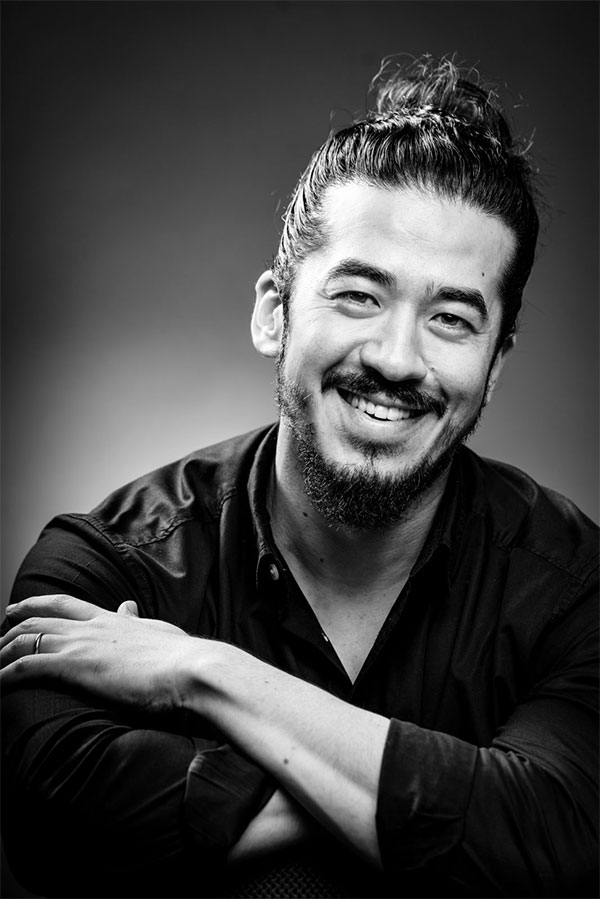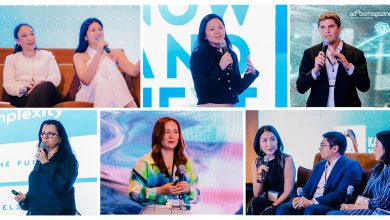HONG KONG – Many decades ago, Bill Bernbach said, “It may well be that creativity is the last unfair advantage we’re legally allowed, to take over our competitors.” In 2016, the World Economic Forum placed creativity as one of the top three skills workers need in the Fourth Industrial Revolution – a phenomenon which has only been accelerated in the wake of COVID-19.
Yet in 2021, most of the advertising and marketing world still thinks AI, automation, and “digital” present the future of our profession. Admittedly, ad tech does play a big role – according to the AI Job Displacement Index, it might soon even play many of our roles too. Creativity though, according to Dr. Kai Fu Lee, a global AI pioneer, is a uniquely human trait that no algorithm can replace. So, shouldn’t we therefore spend at least an equal amount of time and efforts on enhancing our creative skills as we do on understanding advertising technology?
I have personally recently received a creativity boost from a rather unexpected source: my 6-year-old daughter. Over the past twelve months, we created a series of arts & crafts YouTube videos (shameless plug: check out our channel here), which allowed me to witness how much joy she gets from creating things and figuring stuff out. So, in the spirit of Picasso’s quote that every child is an artist and the problem being to remain one once we grow up, I have asked my daughter for some creativity tips for myself as well as our industry at large. Here goes…
- “Just do what you feel like doing.”
My interpretation: “Stop second-guessing yourself and trust your gut.”
Marketing is obsessed with the illusion of being able to control every single reaction and every outcome related to our work. Because of this obsession, we often end up procrastinating, second-guessing our thinking half-way through, and sometimes even self-cancelling potentially impactful ideas.
When I look at my daughter though, there is no procrastinating, and no second-guessing whatsoever when it comes to her little projects. She doesn’t say: “The client won’t like this”, or “this seems too risky”. She just goes for it, and does what she believes is right.
So, let’s try to embrace uncertainty more as part of the creative process, and in the course of doing so, start trusting our gut a little more often too.
- “Practice a lot.”
My interpretation: “Creativity is a muscle; you need to train it.”
Creativity is not a fluffy spiritual force. It is, like Dave Trott said in his book Creative Blindness, more like a muscle. A muscle that needs to be exercised over and over again. Despite creativity being a skill however, we tend to deprioritize training it in our industry. I am not talking about copywriting or art directing here – I’m talking about critical thinking, asking the right sort of questions, and looking at problems from different perspectives.
Practicing creativity through an inquisitive mind seems to come quite natural to children. For them, I believe, it’s just an ordinary part of life. So, being in the creative industries, it seems just natural that we too should continually train and exercise our creative muscle. And this is not just true for junior staff but for everyone – regardless of age and tenure. After all, there is no such thing as being “too creative”, even though some people in the industry might disagree with that.
- “Watch TV, read books and look at posters in the MTR (Mass Transit Railway in Hong Kong).”
My (rather loose) interpretation: “Inspiration can come from anywhere.”
When it comes to the creative process, it is normal to get stuck at some point. When this happens, you certainly don’t want to force things. But rather than just sitting around and waiting for inspiration to hit, there are ways to cultivate it. Not by researching case studies or category best practices we love so much, but by something as simple as taking a walk, reading a (non-marketing) book, watching a movie, or just putting yourself into a different or completely new environment.
My daughter is very good at simply letting things sit for a while. She can walk away from a project, do a bunch of stuff in between that I believe inspires her, and afterwards pick it up again, even more energized than before.
So, the next time you get stuck in a mental rut, try not to force creative thinking and instead hit pause, walk away for a little, and do something else.
- “Have fun.”
I believe that this point needs no interpretation.
Somewhere along the way, I feel we have collectively sucked out much of the fun of our work. Stuck in formulae, or too worried about potential backlashes to more “provocative” ideas, we can feel pressured to play it safe.
Creativity however, is supposed to be the opposite. It is supposed to excite, to challenge, and to put you on the right side of nervous. And all that in turn, is supposed to be fun. So, if you’re not feeling at least a little bit of joy working in or with the creative industries, you’re probably doing something wrong.
In conclusion, we have all seen that the COVID-19 pandemic has accelerated the adoption of automation in formerly human-only work spheres, which highlights the importance of creativity as our most important (and soon, maybe even only) advantage over machines.
To me, this means that it is time we all ask ourselves again what really will define the future of our industry: technology or humanity? If you’re still in doubt, you can always turn to our children for some help and inspiration.
 About the Author, Andreas Krasser
About the Author, Andreas Krasser
Andreas Krasser Half Korean, half Austrian, and a strategist turned CEO.
Andreas’s work has been recognised at local and international awards including Cannes Lions, Effies, and the AMEs. He was listed among Campaign Asia’s 40 under 40, and won the Planner of the Year award twice.
In his free time, Andreas films Arts & Crafts YouTube tutorials with his little daughter.








